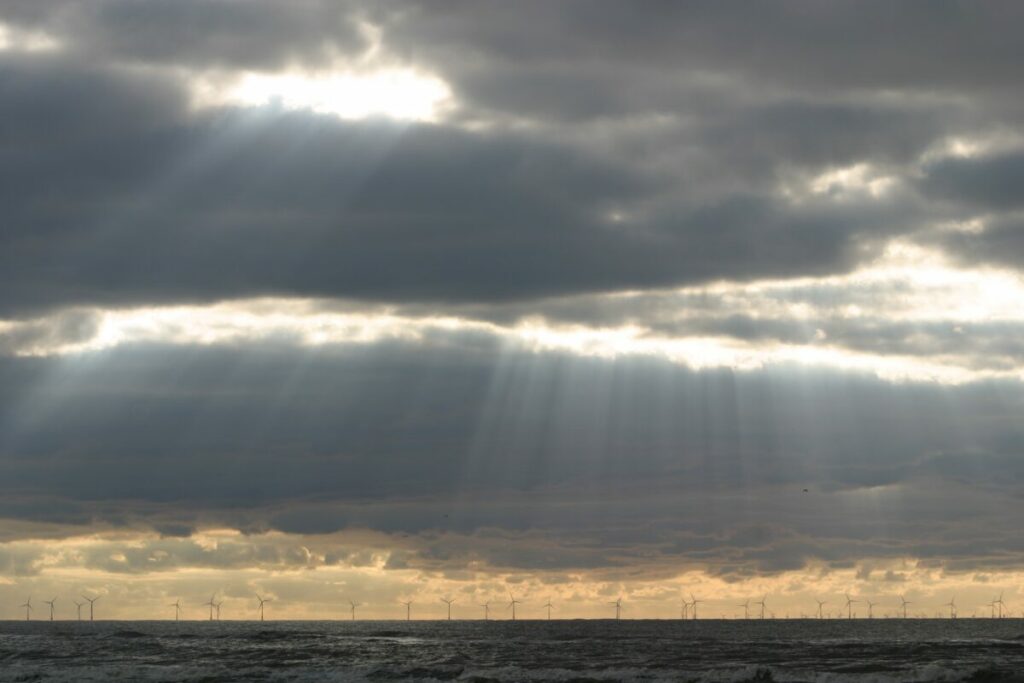Yesterday (16 November) the government announced it would raise the Administrative Strike Prices (ASPs) for a number of renewable technologies in the next Contracts for Difference (CfD) round.
Offshore wind saw the largest increase, as its strike price rose by 66% from £44/MWh to £73/MWh in Auction Round 6 (AR6), followed by floating offshore which increased by 52% to £176/MWh.
This increase follows a disappointing AR5 which saw no offshore wind projects receiving funding due to the low strike price, which meant the scheme was not deemed economically viable.
To further support new offshore wind bids in AR6, the government confirmed that a separate funding pot will also be set for the technology.
Other technologies also saw a significant increase in their strike prices with solar, tidal and geothermal seeing a 30%, 29%, and 32% rise, respectively.
Concerns of the industry heard
The increase to CfD strike prices was wholly welcomed by the energy industry, with members praising the government for listening to their concerns over the lack of economic viability offered by the AR5 strike prices for industries facing the growing cost of capital.
“It is encouraging that the concerns raised by ourselves and the rest of the industry in recent months have been listened to and we look forward to seeing further detail on the budget parameters over the coming year to match the ambition of today’s announcement,” said Matthieu Hue, CEO at EDF Renewables UK.
Faisal Wahid, senior consultant at energy consultant LCP Delta echoed Hue’s relief stating that the increase in strike prices, for offshore wind especially, were a “reassuring signal that the government has been listening to the concerns expressed by the industry.”
A more competitive auction
Boosting the ASPs will also allow for a more competitive auction which – depending on the overall budget – will see more eligible renewable projects compete. These projects could, according to Tim Dixon, a senior consultant at Cornwall Insight, secure “significantly more capacity” than needed teach the UK’s net zero targets.
The separate funding pot should also further incentivise investment for offshore wind but, Dixon cautioned, it will also reduce competition between it and other technologies.
“Setting appropriate budgets will now be essential to ensuring continued competition, supporting enough capacity across a range of technologies, and delivering good value for consumers,” said Dixon.
Praising the rise in CfD strike prices as a “significant enhancement,” Dixon concluded: “there are strong headwinds facing the renewable sector, and while these announcements are a positive step, the government has some very ambitious targets which leave very little room for error.”
Setting the appropriate budget
Amidst praise for the increased strike prices, were reminders that an appropriate overall CfD budget must be set to fully realise the potential of the scheme.
This concern is led by previous experience, following AR5’s budget, which at £205 million, received significant backlash, leading the government to increase the funding to £227 million. However, this figure remained £58 million below AR4 funding.
To avoid a repetition of the criticisms of AR5, the industry has urged that a suitable budget is set for this auction round to take advantage of the higher ASPs.
“Any rise in ASP by the government needs to be carefully balanced with increases to the budget and long-term reference prices,” advised Wahid.
“Like the ASP, a lower budget can also be restrictive for offshore wind projects. Their higher capacity size and load factor mean that each project takes a larger portion of the budget. With a low budget, there is a risk that not enough offshore wind projects will clear the auction to meet the government’s targets for 2030.”
Lisa Christie, interim UK country manager for Vattenfall in the UK, also warned that the total CfD budget “round must also enable multiple projects to move forward,” and ensure sustainable pricing for bill payers.
“Offshore wind will be the backbone of the energy transition across Europe and the long-term outlook for the market remains strong. In the past 18 months however, the economics of offshore wind development have shifted dramatically, with significantly increased costs putting huge pressure on developers and the supply chain” said Christie.
“But the UK government has now sent a very positive signal that it understands the current market situation and that it wants to attract investment to ensure these projects are built, delivering jobs, green growth and energy security.






